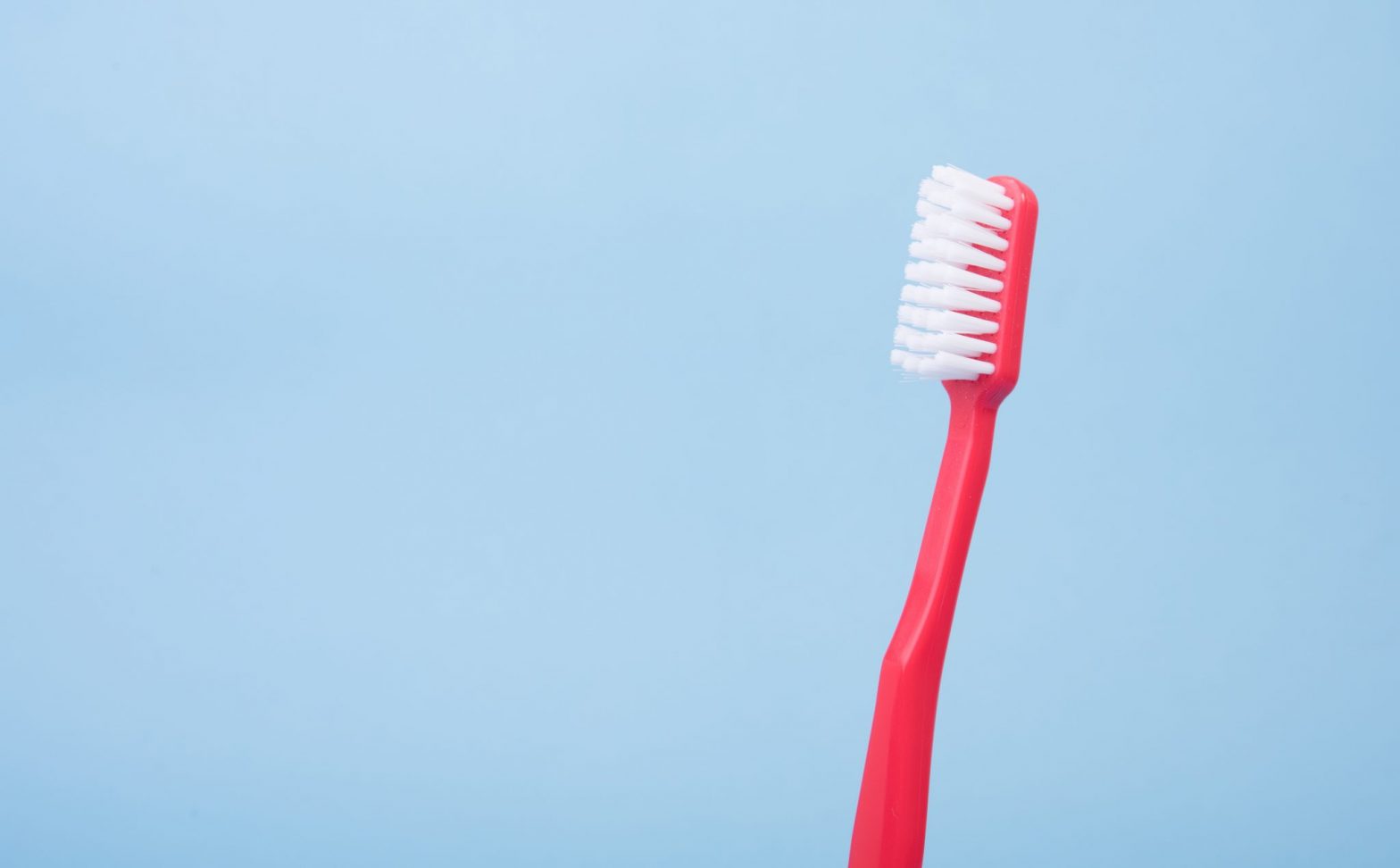A Healthy Smile for All Ages

Smile! February is set aside to raise awareness about the importance of oral health.
Developing good dental habits at an early age helps children to get a good start on a lifetime of healthy teeth and gums.
Wondering when to start or schedule a first visit to the dentist? When the first or second tooth appear it is time to make that first appointment.
Prepare for Your Child’s First Dental Visit
- Call ahead to see what the dentist or hygienist will do/require at this visit.
- Answer any questions your child may have. Explain in age appropriate terms what it may look like or sound like. Give simple answers such as “They will count your teeth” or “They may clean your teeth.” Talk about what needs to be done to keep teeth healthy. Avoid the words shots, poke, drill which may be overwhelming or scary to a child.
- You know your child best – will he/she feel shy or be very outgoing? If you have a child who’s slow to adapt, maybe they could attend an appointment with an older child and wait with you in the waiting room. Ask if it would be possible to just sit in the dental chair for a minute or two during this sibling’s appointment. This could be a way to set the stage for what is to come at the younger child’s first visit to help calm the nervousness.
- If a new toothbrush is not given at the end of the visit, shop for one as a follow-up activity.
Tips for Kids of All Ages
- For the youngest infants, use a soft, damp cloth to wipe their gums clean daily. As your child progresses to solid food, remember to use a separate spoon and bowl to feed them. Germs (bacteria) can pass from your mouth to your child if you are both using the same spoon and bowl. If your baby takes a bottle to bed, make sure it only contains water.
- It is recommended that only children over the age of 1 be given juice with the preference of milk or water making up most of their daily fluid intake. When choosing a sippy cup get the kind with the valve in the top. Another consideration is to not allow the child carry his/her cup around all day, just use it at meal time.
- Starting at age 2 it is recommended to use a soft brush and just a smear of fluoride toothpaste twice a day. Supervising this young age group is important. The goal is to get the toothpaste on the teeth and not to swallow it. Brush for 2 minutes and do not rinse afterward, it is better to keep the toothpaste on the teeth than rinse it away.
- Children age 3- 5 should brush twice daily with a small pea size amount of fluoride toothpaste and with supervision not to swallow the toothpaste. Remind them to brush their tongue as well, to get rid of bacteria. Routine dental checkups should be scheduled twice a year; 40% of children have some degree of tooth decay before kindergarten.
- School age children have a more developed dexterity and should be able to do a good job alone of brushing and flossing between teeth. Twice a year routine checkups should include cleaning of any plaque that might have been missed.
- Teens with their busy schedules need to stick to established daily habits of oral hygiene. They may have braces or feel more self-conscious about their smile. If they are active in sports consider a mouth guard to protect teeth. Keep a supply of toothpaste, toothbrushes and flavored floss and consider a “to go” set for their backpack or sport bag.
Adults can serve as role models with good attitudes and habits. Look for hidden sugars in the foods your family eats. Provide calcium-rich snacks like cheese, milk or yogurt. Serve fresh fruits instead of canned or pre-packed cups. Stay away from sticky sweets like gummy bears or fruit bites as a treat.
Reinforce good dental habits and strengthen those that are lacking a bit and provide children and teens the tools and support they need for a lifetime of healthy smiles.
By Twila Perkinson, Certified Child Life Specialist and Avera Family Life Educator


